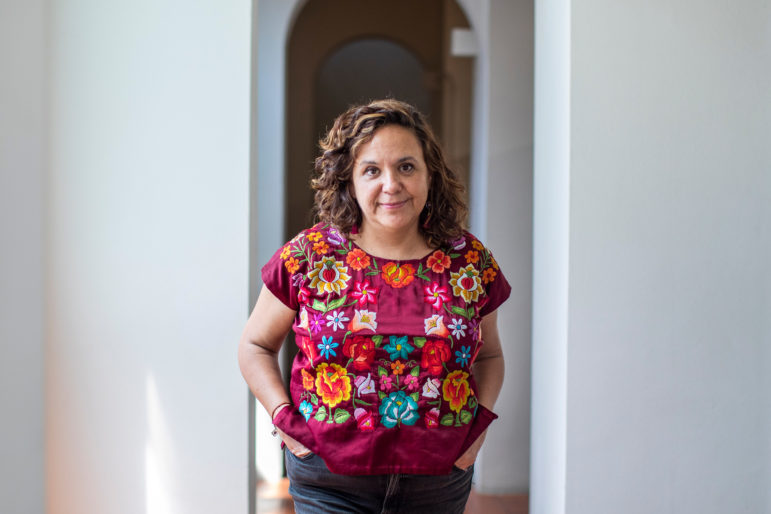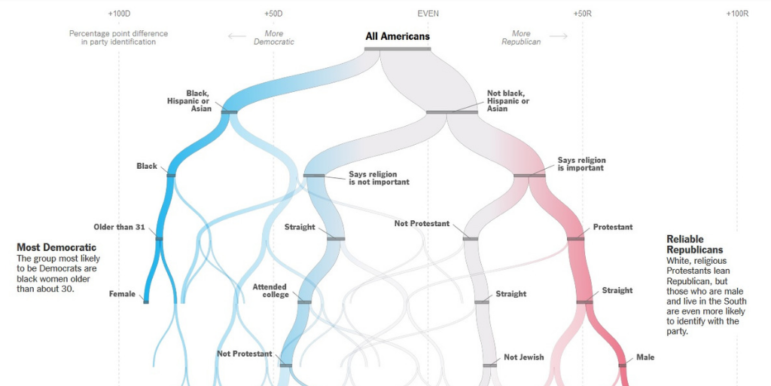Resource
Updated GIJN Databases (Poverty, Crime, Corruption, and Terrorism)
GIJN has released its final batch of updated databases, re-publishing our resource lists on poverty, crime, corruption, and terrorism.
GIJN has released its final batch of updated databases, re-publishing our resource lists on poverty, crime, corruption, and terrorism.
From Interpol to the UNODC, and from the US State Department to academic and civil society organizations, here are resources for reporters on the crime beat.

Our weekly curation of the most popular data journalism stories on Twitter features stories on the future impact of deadly cold temperatures, ATM explosions in Germany, mapping buildings damaged by the earthquake in Turkey, and several open source mapping alternatives to Mapbox.

Journalist Marcela Turati has spent years investigating who is responsible for the thousands of people who have gone missing in Mexico. She spoke to Revista 5W magazine about her work, the dangers of investigating corruption in the country, and why it is so difficult to try and track down who is behind violent crimes against journalists and migrants.

As part of our annual Editor’s Pick series, read on to discover the best investigations in China and Taiwan published this year, selected by GIJN Chinese Editor Joey Qi.

Gearing up for Halloween? You’ll want to refer to our NodeXL #ddj mapping from October 19 to 25. We found FiveThirtyEight’s ultimate Halloween candy ranking from the archives to please the palates of finicky trick-or-treaters. This edition also includes The Economist’s mathematical model to determine whether Formula 1 racing success depends on its driver or the car engineer; The Globe and Mail examines bias in Canada’s prison system; and El Pais looks into how to reduce the probability of COVID-19 transmissions indoors.

This summer a Swedish prosecutor announced that a 30-year probe into the killing of a Swedish prime minister would be closed since there was “reasonable evidence” that the assailant had been identified. The man now believed to have carried out the crime was identified two years ago by investigative journalist Thomas Pettersson, who spent 12 years investigating who killed Olof Palme.

This past week, the Pen Chapter of San Miguel de Allende honored the 16 journalists murdered this year with an offering typical for Día de Muertos celebration in Mexico. In each home, those who have passed away are remembered with an altar, decorated with flowers, candles, objects, and food that those who have passed away liked when they were alive.

What’s the global data journalism community tweeting about this week? Our NodeXL #ddj mapping from August 19 to 25 finds Bloomberg mapping the alarming degradation of the Amazon rainforest, Alyssa Fowers discussing variations in visualizing mass shootings and their corresponding impact on readers, Data Carpentry sharing tips for organizing data in spreadsheets, and Atlatszo visualizing the succession of Hungarian kings.

What’s the global data journalism community tweeting about this week? Our NodeXL #ddj mapping from August 12 to 18 finds information designer Giorgia Lupi discussing how to embrace data complexity, The New York Times Opinion building a forking path visualization to predict an individual’s political leanings, the Guardian visualizing Brexit’s potential impact on the UK’s food imports, and El Universal Mexico looking at the incidences of crime claiming young victims.